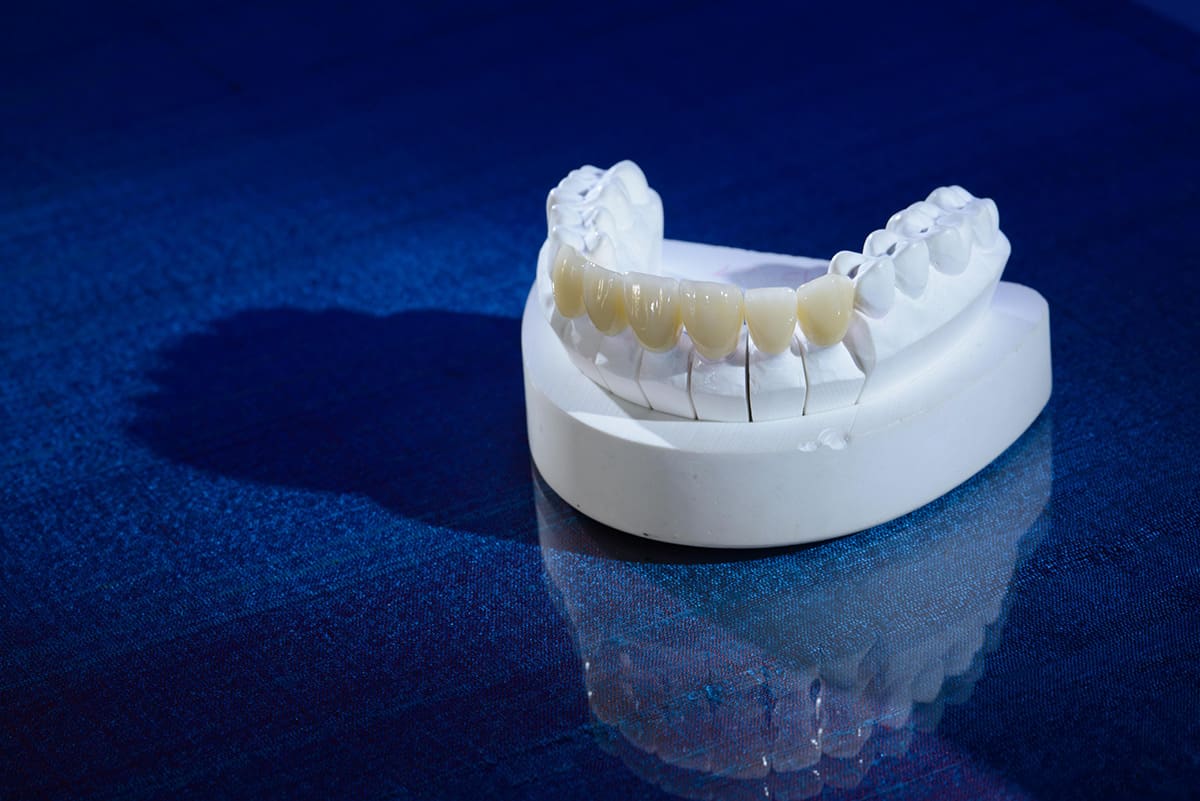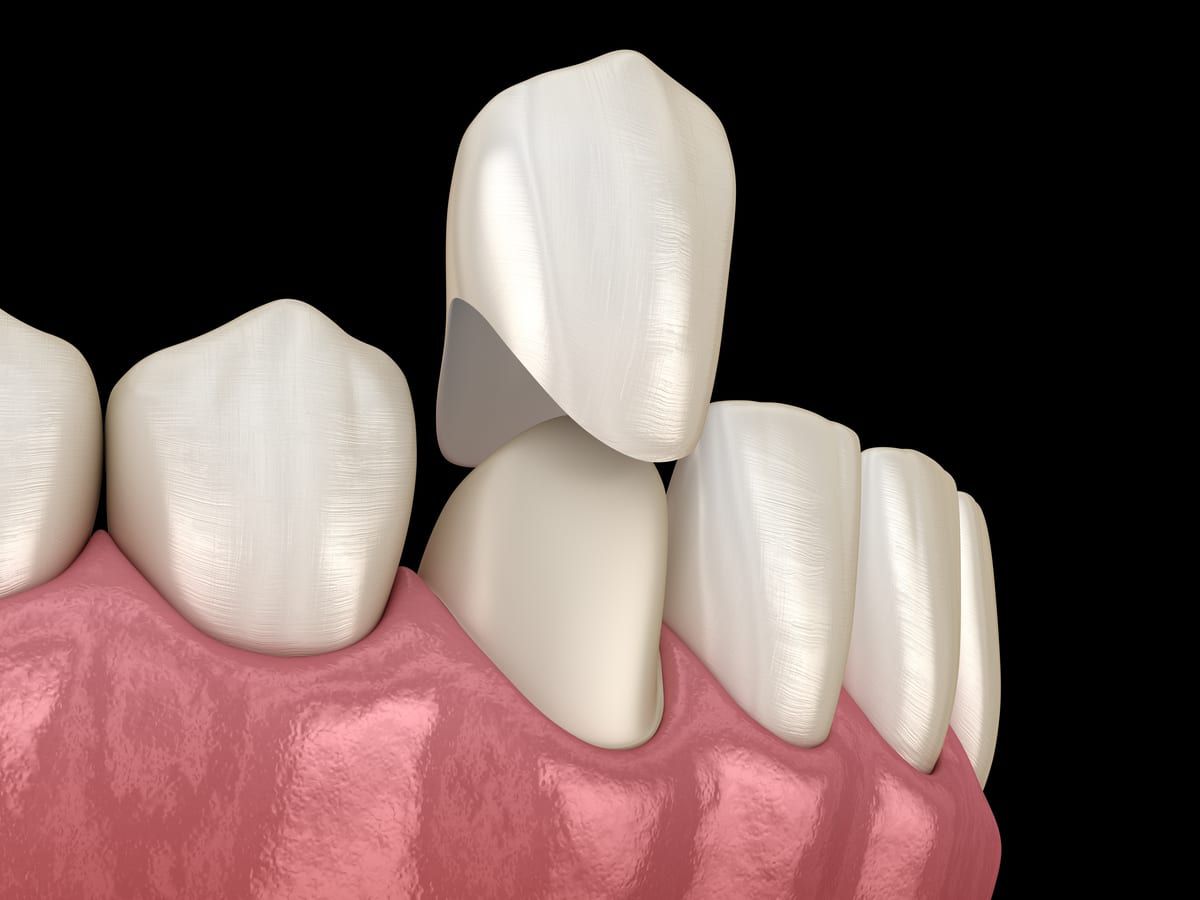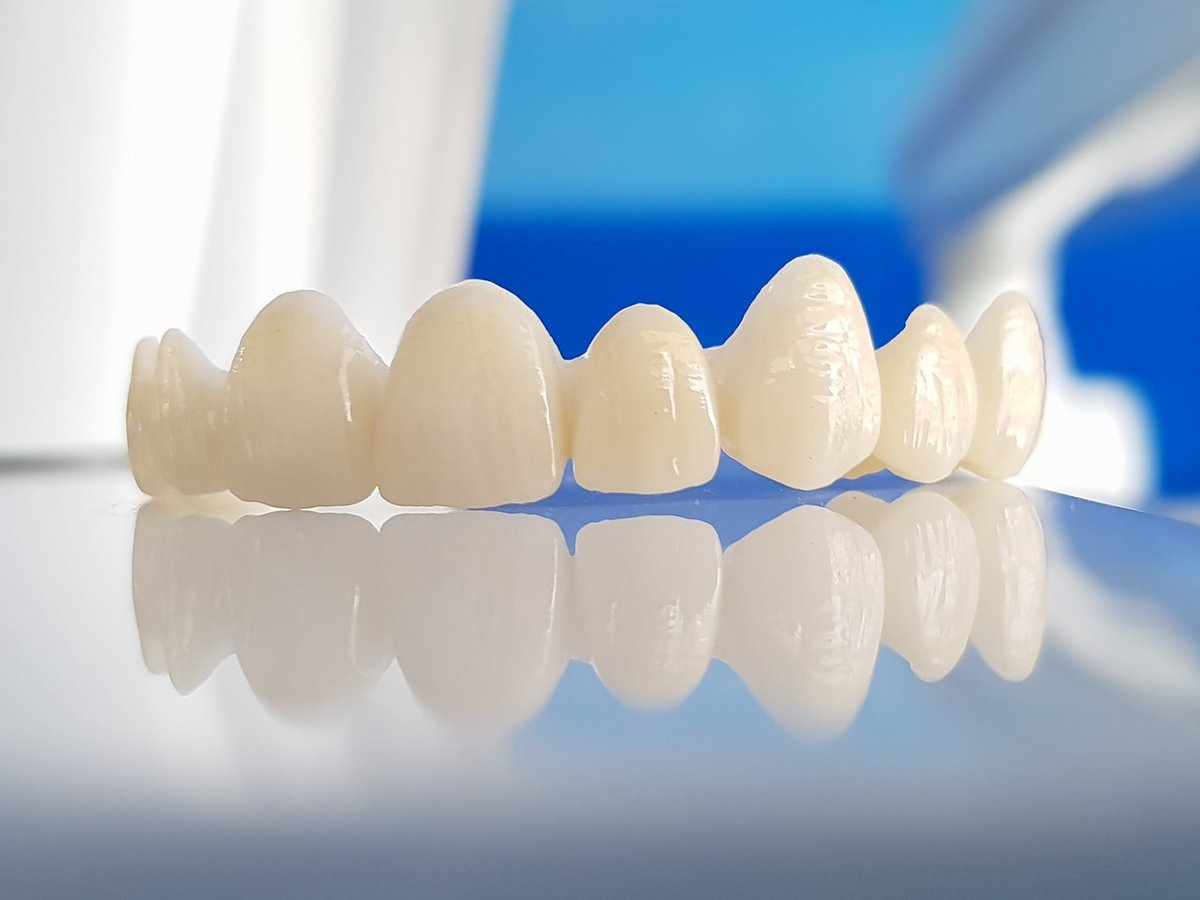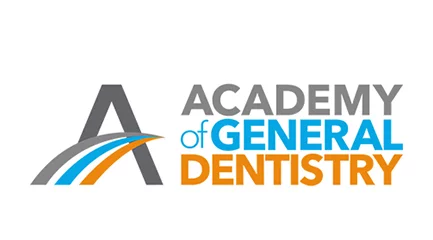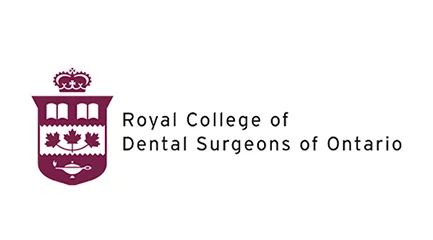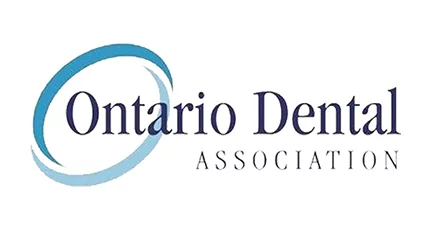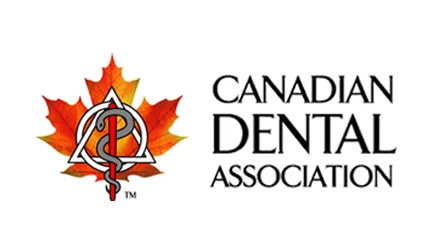PORCELAIN CROWNS: TYPES, PROCEDURE, AND USES
Do you know that porcelain crowns can restore your damaged teeth to their original shape and size? Yes, it’s true! These crowns are designed to cover the tooth surface, providing it with the necessary strength and protection that cannot be achieved with fillings or other restorations.
Now, if you’re looking for a crown that looks just like your natural teeth, then porcelain (tooth-colored) crowns are the way to go! They are durable and can last for many years, but like any dental restoration, they may need to be replaced eventually.
So, whether you need a crown due to tooth decay, breakage, a root canal, or a failed filling, a porcelain crown might just be your best bet. Talk to your dentist about it today, and get ready to flash your lovely, long-lasting smile!
PROCEDURE FOR GETTING PORCELAIN CROWNS
Here’s the procedure for the placement of porcelain crowns:
1. FIRST APPOINTMENT
During the procedure, your dentist will numb the affected area, get rid of any decay, and shape your tooth to prep it for the crown.
The dentist will then take molds of your teeth to craft a custom crown that fits just right. After that, they’ll place a temporary one to shield your tooth until the final crowns are ready.
2. WAITING PERIOD
During the waiting period, which spans around two weeks, the temporary crown will protect your tooth from any sort of damage. It keeps your tooth safe while experts at the dental lab carefully make a permanent crown just for you. The temporary crown stays in place until the permanent one is ready to do its job.
3. SECOND APPOINTMENT
During your second appointment, the dentist will start by taking off the temporary crown. After cleaning your tooth, they’ll delicately position the new porcelain crown to make sure it fits with your bite and the spacing of your other teeth. The dentist will also give you care instructions to ensure you know how to maintain and protect your new crown properly. This part of the process ensures that the final crown not only looks natural but also functions comfortably in your mouth.
4. POST PROCEDURE
After the procedure, it is strongly recommended that you stay on top of your oral health by scheduling regular dental check-ups. This process ensures that your custom porcelain crown is crafted and fitted precisely, offering both protection and functionality for your tooth. These follow-up check-ups play a crucial role in ensuring the ongoing health and durability of your new crown. It’s a simple yet effective way to keep your smile in top shape!
TYPES OF PORCELAIN CROWNS
Let’s explore different types and how they are made.
1. E-MAX LAYERED PORCELAIN CROWNS
E-Max, short for lithium disilicate glass-ceramic, is a popular material for layered porcelain crowns. These crowns are crafted in layers to match the natural transparency and color of your teeth. To make these crowns, dentists use advanced technology to confirm a precise fit and aesthetically pleasing appearance. Layered E-Max crowns are known for their strength and lifelike appearance.
2. ZIRCONIUM PORCELAIN CROWNS
Zirconium crowns are made from zirconia, a strong and durable ceramic material. These crowns are known for their high biocompatibility and resistance to wear. Zirconium crowns are a popular choice for both front and back teeth due to their strength and natural appearance. They are developed using computer-aided technology for precision.
3. EMPRESS PORCELAIN CROWNS
Empress crowns are created from a type of lithium disilicate glass-ceramic. These crowns are renowned for their excellent aesthetics, strength, and durability. The fabrication involves layering porcelain in a way that replicates the natural tooth’s appearance. Empress crowns are often chosen for their ability to provide a lifelike smile.
USES OF PORCELAIN CROWNS
Porcelain crowns have multiple uses and can certainly restore your oral health:
1. ADDRESS EXTENSIVE TOOTH DAMAGE
Porcelain crowns can effectively restore the form and functionality of a tooth that has suffered significant damage, whether through breakage, decay, root canal treatment, or the failure of a large filling. These versatile crowns act as reliable solutions to restore both the structural integrity and functionality of worn-down teeth.
2. DELIVER PERFECT AESTHETICS FOR FRONT TEETH
Especially favored for front teeth, all-porcelain crowns without metal components are chosen to deliver a flawless, natural appearance. Their ability to effortlessly integrate with surrounding teeth ensures a visually appealing smile. This makes them an ideal choice for situations where aesthetic considerations are important.
3. PROTECT WORN TEETH
Teeth that have worn down due to bruxism (teeth grinding) or other factors may benefit from porcelain crowns. The crowns restore the original shape and function of the teeth and also prevent further damage.
WRAPPING UP
In dental care, porcelain crowns are often the unnoticed but important solution for damaged teeth. They rescue damaged teeth and transform smiles. Whether you are dealing with tooth decay, breakage, or the aftermath of a root canal, porcelain crowns step in and offer strength, protection, and a natural look to damaged teeth.
So, why settle for less when you can flaunt a long-lasting, radiant smile? Talk to your dentist and begin this dental adventure. Your teeth deserve the royal treatment, and porcelain crowns are here to deliver!


